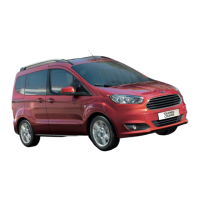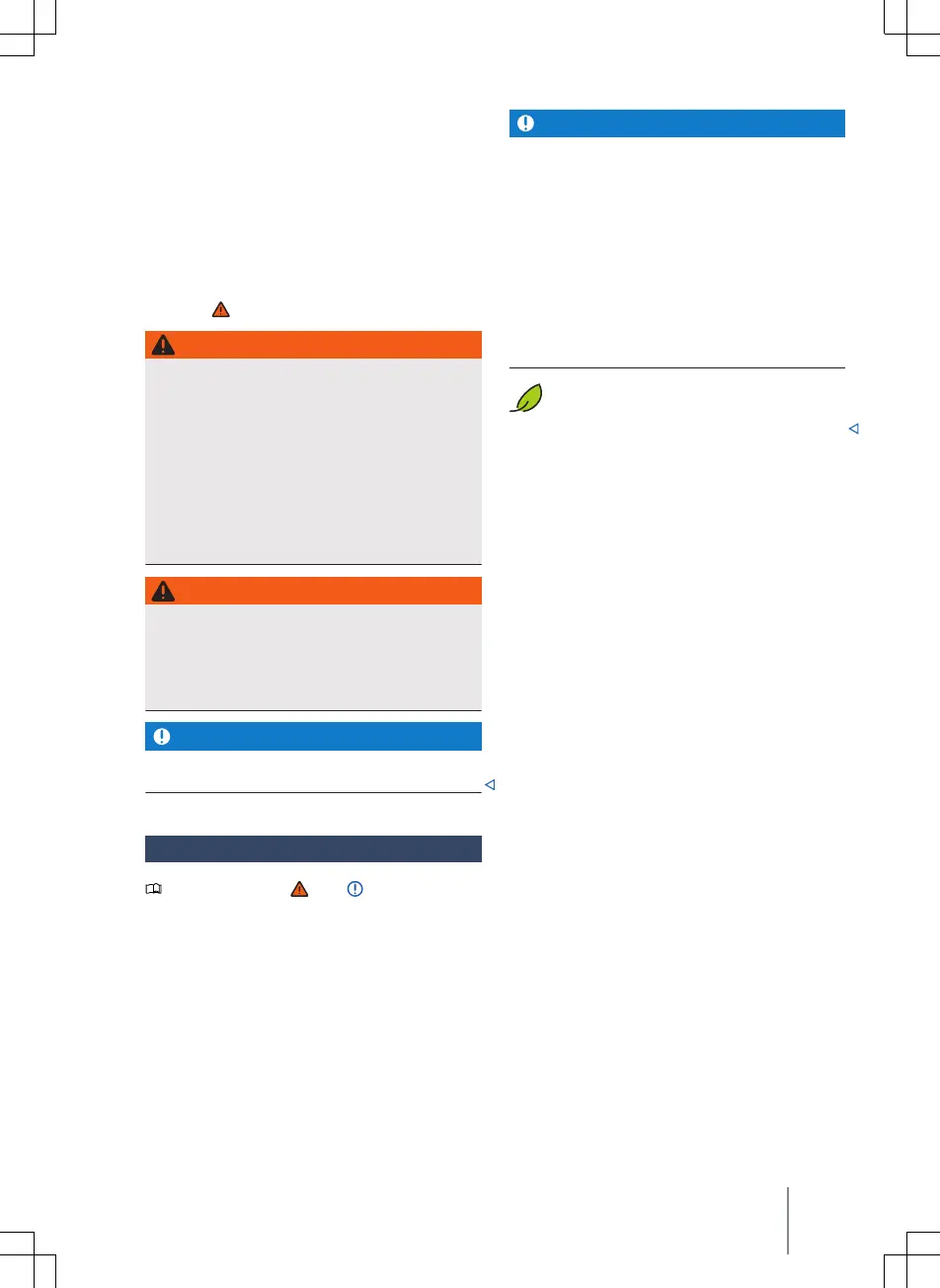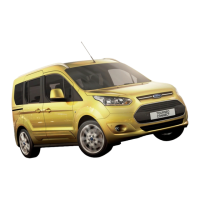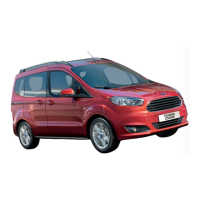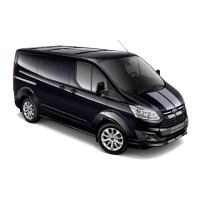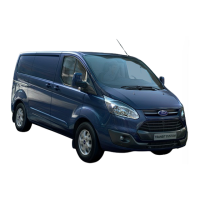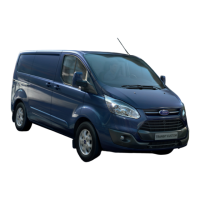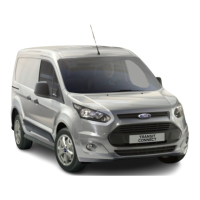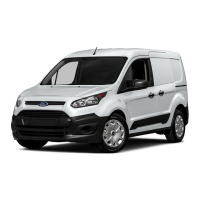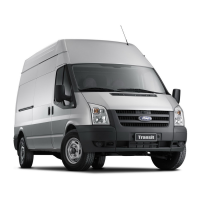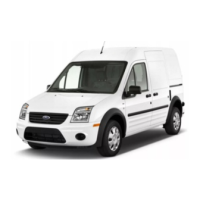However, you will not be able to carry the
ma
ximum permitted roof load if you are us-
ing a roof load carrier with a lower load rat-
ing. In this case, do not exceed the maxi-
mum weight limit for the load carrier sys-
tem which is specified in the manufactur-
er's installation instructions.
Distributing the load
Distribute the load evenly and secure it cor-
rectly →
.
WARNING
Accidents and vehicle damage can occur
if the ma
ximum permitted roof load is ex-
ceeded.
·
Never exceed the specified roof load,
the maximum permissible axle loads,
and the permissible gross vehicle
weight for the vehicle.
·
Do not exceed the load capacity of the
roof load carrier, even if the maximum
roof load has not been reached.
WARNING
Loose and incorrectly secured loads can
fall o the roof load carrier and cause ac-
cidents and injuries.
·
Always use suitable and undamaged
lashing, retaining or securing straps.
NOTICE
When opening the boot lid, make sure that
it does not c
ollide with the roof load.
Notes on use
Please refer to and at the start
of the chapt
er on page 279.
Remove the roof load carrier in the fol-
lowing situations
— The roof load carrier is no longer needed.
— Before entering an automatic car wash.
— When the vehicle height exceeds the re-
quired clearance height, e.g. in a garage.
NOTICE
·
A
lways remove the roof load carrier be-
fore driving through an automatic car
wash.
·
Installing a roof load carrier and securing
a load to it changes the height of the ve-
hicle. Check and compare the height of
the vehicle with clearance heights, e.g.
for underpasses and garage doors.
·
The function of other components such
as the boot lid must not be impeded by
the roof load carrier.
When the roof load carrier is fitted,
c
onsumption increases due to the in-
creased air resistance.
Roof load carrier 281
2KF012720AB
